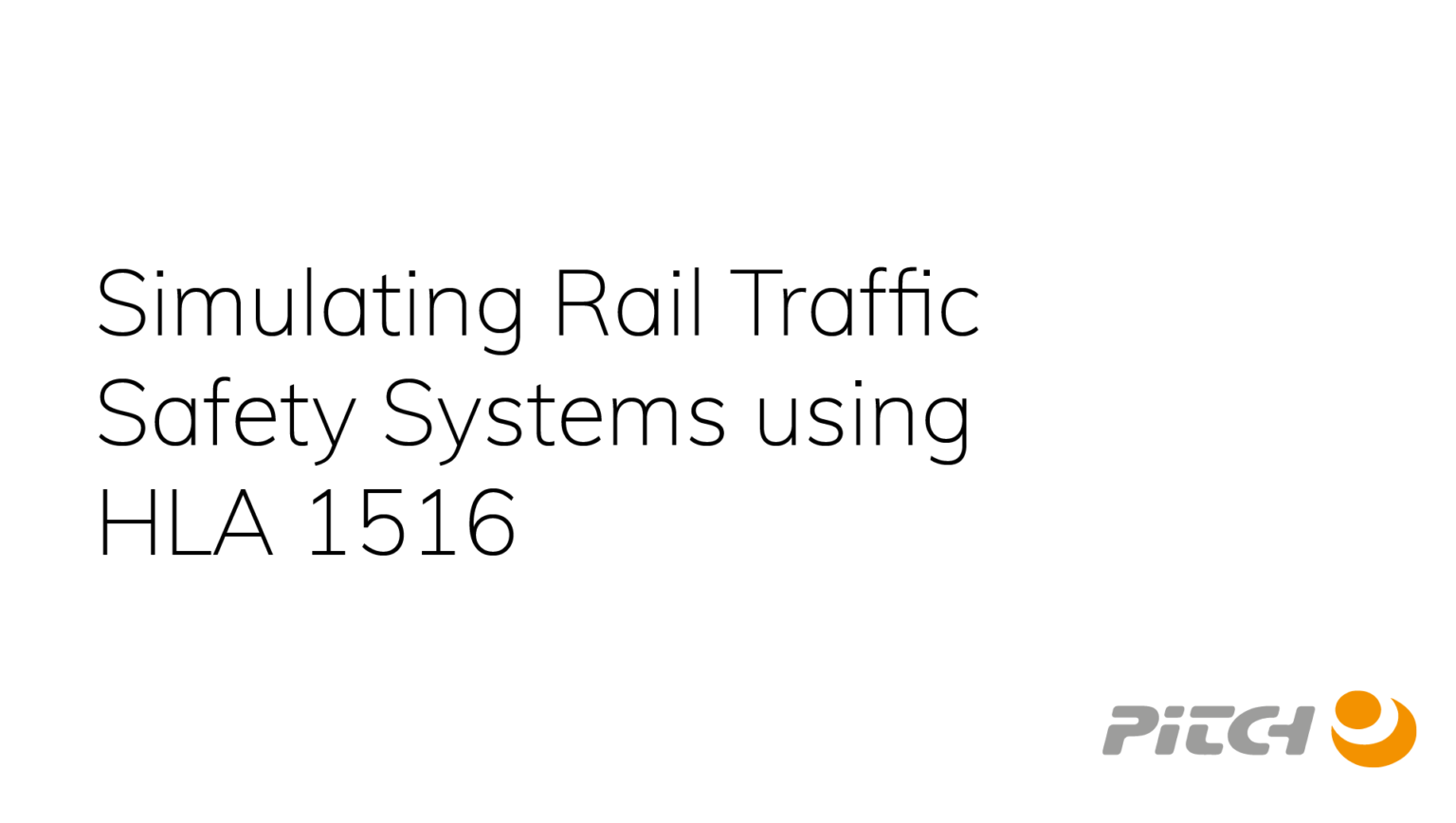ASTRACT: The High Level Architecture (HLA [1]) has its origins in the defense sector and was primarily used to simulate vehicle and troops movements. However, the HLA is not limited to this area. It is very suitable for simulating rail traffic, in a simulated rail infrastructure, and the rail traffic safety systems that control that same infrastructure. By doing so, one is able to test the rail traffic management systems that act at the operator level.
Although it is not the first time that a simulator is built for the rail traffic domain, the simulator described in this paper is unique in its modularity, scalability and flexibility, thanks to the use of HLA. It is flexible because
each safety system is implemented as a federate. This means that large rail traffic areas can be simulated by simply instantiating the required number of federates, each protecting their own part of the rail infrastructure.
Just as in reality. That said, plus the fact that using HLA allows distribution over multiple PC’s, makes this simulator scalable.
This paper also describes which objects are simulated, which object attributes are published to the HLA Run Time Infrastructure (RTI) and what kind of design decisions were made during the development of the simulator.
Authors: Fred van Lieshout, Ferdinand Cornelissen, Jan Neuteboom, Björn Möller
Publication: Proceedings of 2008 Euro Simulation Interoperability Workshop, 08E-SIW-069, Simulation Interoperability Standards Organization, June 2008.

